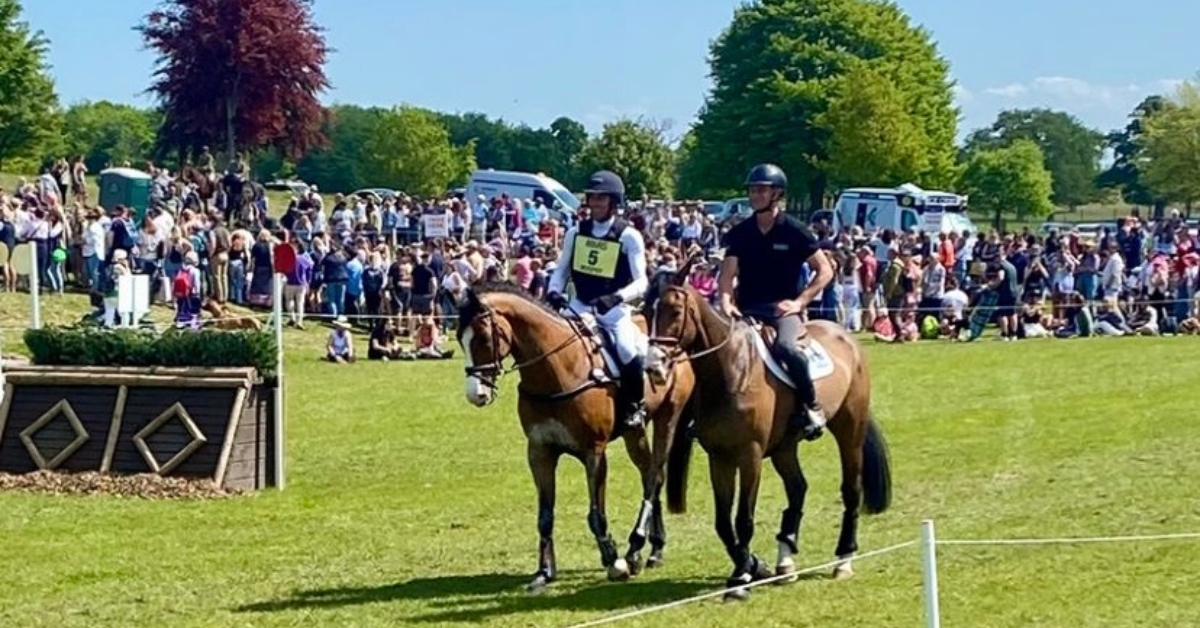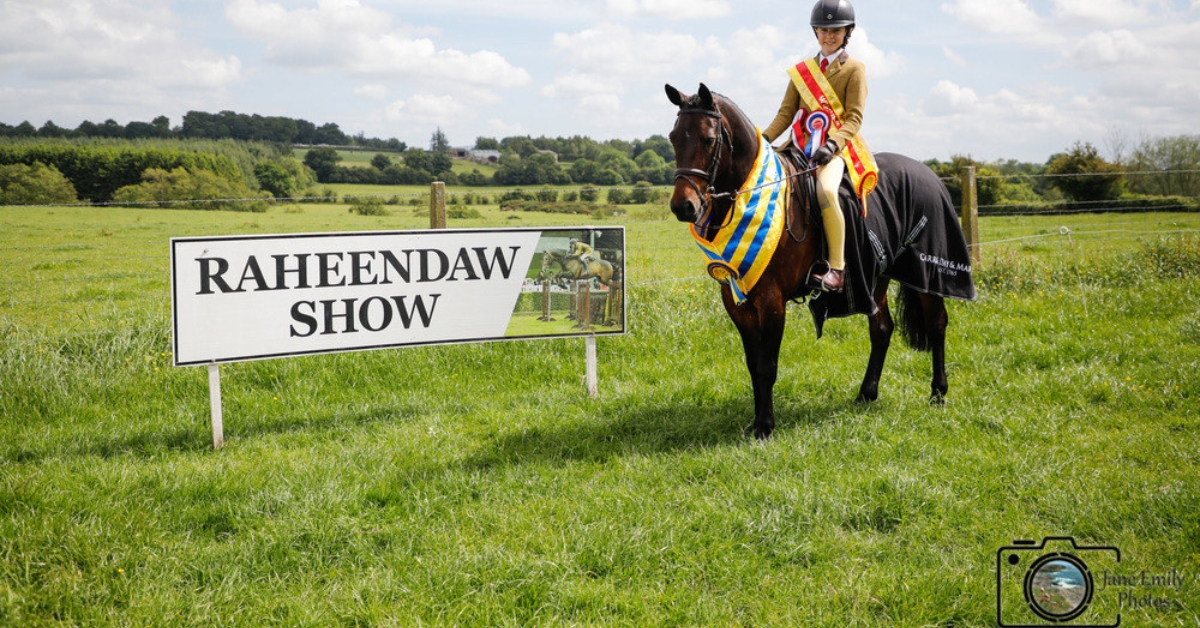I think I witnessed the future of sports journalism yesterday.
Not the shiny, overhyped version of it. Not “AI does everything” headlines.
I mean the real version—something that blends speed, structure, tone, and human presence.
A system that doesn’t just write fast… but writes like you.
Captures what happened. Reflects how it felt.
And gets it online—live.
Equitas tested what I believe is the first live AI-powered sports journalist ever used in horse racing. And they didn’t just test it quietly in the background. They ran it on one of the biggest racing days in years, in front of 42,000 people at Punchestown, while State Man took down Constitution Hill.
I saw it happen in real time. I got to be there and test it and see it and I don’t think we go back from this.
They published a race report in one minute.
From the moment the photo was taken in the parade ring—one minute later, it was online.
Pre-race narrative, real-time commentary, post-race reaction—done.
Voiced in by a human.
Rewritten by the system.
Published in that person’s own voice and tone.
Not poetic waffle. Not robotic summaries.
An actual article. Humanised.
And what that unlocks is where it gets exciting. The potential for industry wide scale and scale outside the industry is immense but above all, it is the impact it can have in the right hands.
Imagine being able to give someone a tool like this at a grassroots show.
Someone who isn’t a journalist. Someone who’s just there.
Now they can talk through what’s happening… and it gets turned into something that reads like a racing journalist wrote it. Instantly.
As a brand, we’re often overbooked. We can’t be everywhere.
But with a system like this?
We could cover shows we’ve never had access to.
We could invite people from every corner of the country to voice in stories—and we could turn those into articles on the same day. On the same hour.
That’s not just useful. That’s pioneering.
Right now, coverage is often delayed.
You go to a show, come back to the media room, write things up, polish it, and get it live hours later.
But what about live coverage that still sounds human?
Still carries the brand tone?
Still reflects the nuance and understanding of the sport?
That’s what Equitas just built.
A system that lets any team member become a journalist—so long as they can talk and observe.
And that’s the part that’s easy to miss.
Once you can talk, you can use the system.
Once you can talk, you can tell the story.
That in theory for media brands means that you have the ability to give more coverage. To give better access. And fundamentally, have more grassroots stories being told in real time, not just after the fact. Now that is powerful. That I like.
If you’re in traditional media and you’re not watching this moment closely, you’re already behind.
What Equitas built doesn’t eliminate journalism—it restructures it. It enhances it.
It gives the basis to build upon for citizen journalism or community journalism.
It’s still human-led. Still voice-first. Still brand-controlled.
But it’s fast. It’s scalable. It’s transferable.
And it’s usable by people on the ground, not just people in the office.
This is what real disruption looks like:
Not everything replaced—just everything improved.
And for a brand like Grassroots Gazette, this kind of system changes what’s possible.
We could have ten people at the Dublin Horse Show this year—covering every arena, every class, all live.
We could do interviews, live commentaries, and post-event reactions—all in the voice of our brand.
We could have genuine presence in places we physically can’t get to.
It’s not AI replacing media. It’s AI supporting it—scaling it, speeding it up, and keeping it personalised and hugely scalable.
From what I’ve seen, this is just the first of several systems Equitas is rolling out.
Some focused on events. Others on reactive news.
All built to help people capture and tell stories faster, clearer, and in more personal ways.
We’re watching the early foundations of a publishing suite that could be game-changing—not just for women in equestrian sport, but for anyone trying to tell stories better.
And I say that as someone who’s been in the industry long enough to know what’s been missing.
Live reporting.
Reactive journalism.
Personalised commentary.
Access to coverage in places that used to be ignored.
It’s all coming. And it’s coming from here at home in Ireland and will influence media worldwide.
Exciting.
Until next time.
— Shane


Share
Your subscription is 100% Free for our first year, No credit card details required.

There are few sporting events that live up to the hype. Wimbledon? Too many strawberries. Cheltenham? Too many suits. But

British Veterinary Association publishes full response to Competition and Markets Authority’s proposed remedies for veterinary market for household pets. The

Sunday 1st June – Raheendaw, Rathvilly, Co. Carlow The Raheendaw Horse & Pony Show returns this weekend with a packed